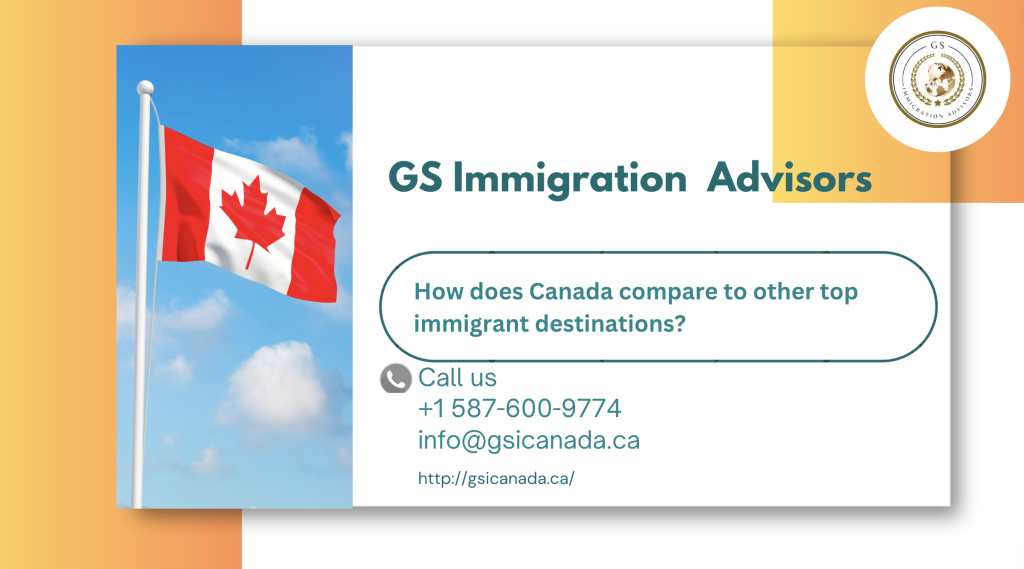“November 2024 Express Entry Pool Update: What’s Changing for Canadian Immigration?”
Immigration, Refugees and Citizenship Canada (IRCC) boosted the frequency of federal immigration choices in October following a slowdown in Express Entry draws throughout September. The second Express Entry trade vocations draw of 2024 was also held by IRCC; this was the first time this group had been selected since July of this year. In addition to discussing the makeup of the Express Entry candidate pool at the beginning of November, this article will analyze the October drawings. Discover if You Are Eligible for Canadian Immigration The Express Entry pool’s current condition Which drawings took place in October? Six Express Entry drawings in four streams and selection categories took place in October. Through these draws, the immigration authorities sent out 5,961 invitations to apply (ITAs) for permanent residency (PR), matching the 5,911 ITAs sent out the month before. Draw sizes tended to be smaller in October than in September because a comparable number of ITAs were issued over a greater number of draws. Additionally, compared to September, the Comprehensive Ranking System (CRS) cut-off scores for every draw went up. The following table details Express Entry draws in October: Draw Number Date Round Type ITAs Issued CRS Cut-off Scores 316 October 7, 2024 Provincial Nominee Program (PNP) 1,613 743 317 October 9, 2024 Canadian Experience Class (CEC) 500 539 318 October 10, 2024 French Language Proficiency 1,000 444 319 October 21, 2024 PNP 648 791 320 October 22, 2024 CEC 400 539 321 October 23, 2024 Trade Occupations 1,800 433 In the Express Entry pool, the IRCC has continued to regularly invite candidates from the CEC, PNP, and French-language categories to apply for permanent residence. Since July of this year, the immigration service has regularly staged lotteries for applicants in these streams/categories. Additionally, the IRCC has said in their 2018 Immigration Levels Plan that they would keep giving priority to these applicants for selection as permanent residents via the federal Express Entry system. Despite the fact that October saw a marginally larger number of ITAs than September, the overall number of ITAs issued was still lower than in prior months: Month ITAs Issued July 25,125 August 10,384 September 5,911 October 5,961 What is the Express Entry pool’s current score distribution? The breakdown of candidate scores in the Express Entry pool as of October 22, the date of the most recent draw at the time of writing, is as follows: CRS Score Range Number of Candidates 0-300 5,462 301-350 22,928 351-400 51,048 401-410 10,871 411-420 11,071 421-430 10,583 431-440 12,047 441-450 10,931 451-460 11,306 461-470 12,900 471-480 14,914 481-490 12,240 491-500 11,925 501-600 13,430 601-1200 124 Total 211,780 This data is also presented as a bar graph for further visualization: How do the pool’s scores compare to one another? To better understand how particular CRS scores fit within the general distribution of CRS scores in the Express Entry candidate pool, the following table use percentile scores. For the upper limit of each CRS score range, we have computed a percentile score, which indicates the percentage of applicants having scores at or below that cutoff point in relation to the entire pool. We only determined the percentile for the highest CRS score within each range because the IRCC data is displayed in ranges. The percentage of candidates who scored within each percentile range is shown below, along with the percentile ranges for the highest scores in each IRCC-reported range: CRS Score Range Number of Candidates Percentile Range Percentage 0-300 5,462 0 – 2.58% 2.58% 301-350 22,928 2.58 – 13.41% 10.83% 351-400 51,048 13.41 – 37.51% 24.10% 401-410 10,871 37.51 – 42.64% 5.13% 411-420 11,071 42.64 – 47.87% 5.23% 421-430 10,583 47.87 – 52.87% 5.00% 431-440 12,047 52.87 – 58.56% 5.69% 441-450 10,931 58.56 – 63.72% 5.16% 451-460 11,306 63.27 – 69.06% 5.34% 461-470 12,900 69.06 – 75.15% 6.09% 471-480 14,914 75.15 – 82.19% 7.04% 481-490 12,240 82.19 – 87.97% 5.78% 491-500 11,925 87.97 – 93.60% 5.63% 501-600 13,430 93.60 – 99.94% 6.34% 601-1200 124 99.94 – 100.00% 0.06% Discover if You Are Eligible for Canadian Immigration



